Address
304 North Cardinal
St. Dorchester Center, MA 02124
Work Hours
Monday to Friday: 7AM - 7PM
Weekend: 10AM - 5PM
Address
304 North Cardinal
St. Dorchester Center, MA 02124
Work Hours
Monday to Friday: 7AM - 7PM
Weekend: 10AM - 5PM
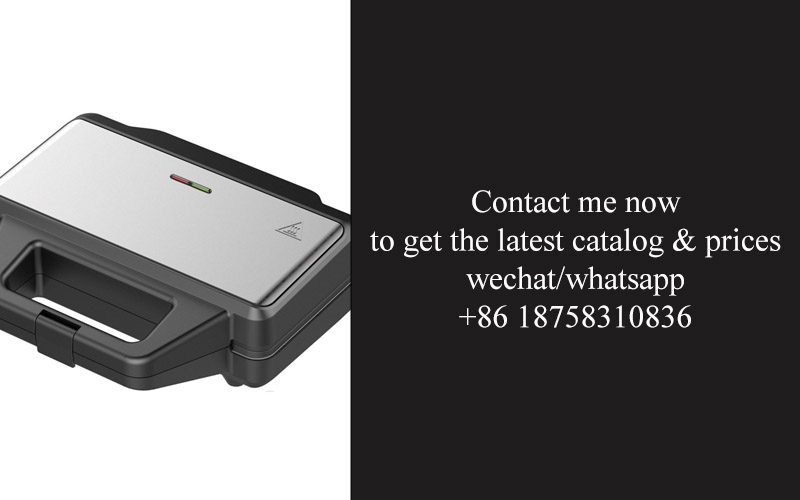
In a world where innovation and convenience meet health and wellness, the juicer has transcended its humble origins to become a symbol of modern kitchen technology. It’s not just a gadget; it’s a cornerstone of a lifestyle that prioritizes vitality and freshness. This evolution has been fueled by the creative minds behind Original Design Manufacturers (ODMs) who are shaping the future of juicers. Their designs are not just about squeezing fruits and vegetables; they are about enhancing lives and redefining what it means to drink healthy. As we delve into the intricate world of ODM juice design, one thing becomes crystal clear: the journey from concept to consumer is a testament to human ingenuity and the relentless pursuit of perfection.
The juice market has undergone a remarkable transformation over the years, evolving from a simple health trend to a multi-faceted industry that now encompasses a wide array of products and consumer behaviors. Once a niche product associated with wellness enthusiasts, juicers have surged in popularity, becoming a staple in the kitchen appliances sector.
Consumer habits have shifted significantly, with an increasing focus on health and wellness. The demand for fresh, homemade juices has surged, driven by the perception of healthier benefits compared to store-bought options. This shift has spurred the juice market’s rapid evolution, leading to a diverse range of juicers designed to cater to different preferences and lifestyles.
The market is now seeing a proliferation of juicer models, each with its unique features and design elements. From countertop citrus juicers to high-powered centrifugal juicers, the variety is impressive. This diversification is a direct response to the varied needs of consumers, who seek juicers that are as versatile as they are efficient.
Technological advancements have played a pivotal role in this evolution. Modern juicers are not just machines for extracting juice; they are equipped with features like variable speed controls, anti-jam systems, and even built-in fruit and vegetable storage. These innovations enhance usability and convenience, making juicing a more accessible and enjoyable experience.
Moreover, the market has seen a rise in eco-conscious consumers, leading to the development of juicers made from sustainable materials and designed for energy efficiency. These greener juicers appeal to the environmentally mindful and reflect a broader trend towards sustainability in the consumer goods sector.
Innovation has also led to the creation of juicers that are not only functional but also stylish. Design has become a significant factor, with brands investing in sleek aesthetics and intuitive interfaces to make juicers an attractive addition to modern kitchen aesthetics. This has helped to democratize the juicer market, appealing to a wider demographic.
The market’s evolution is also influenced by the growing importance of convenience. Consumers are looking for quick and easy solutions that fit their busy lifestyles. This has resulted in the development of compact, portable, and sometimes even hands-free juicers. These convenient options make juicing a practical choice for those short on time or space.
Another significant trend is the rise of cold-press juicers. These machines have gained popularity due to their ability to extract more juice from produce while minimizing oxidation and preserving nutrients. The cold-press technique has been embraced by health experts and juice enthusiasts alike, driving demand and innovation within this niche segment.
The integration of smart technology is another area where the juice market is rapidly evolving. Juicers are now equipped with digital displays, Bluetooth connectivity, and even subscription services for personalized recipe recommendations. These features not only enhance the juicing experience but also open up new revenue streams for manufacturers.
Additionally, the market is witnessing a surge in subscription box services that include fresh fruits and vegetables, delivered to consumers’ doors. This model complements the juicer market by providing a complete solution for those looking to incorporate fresh, homemade juices into their diet.
The juice market’s rapid evolution is a testament to the power of consumer-driven innovation. As consumers continue to seek out healthier, more convenient, and aesthetically pleasing products, the industry is poised to keep evolving, offering a wide array of choices that cater to a diverse range of needs and preferences.

The ODM juice design service is a sophisticated solution that intertwines creativity with practicality, offering a comprehensive approach to crafting the perfect juicer. This service is more than just design; it’s a strategic partnership that brings together the expertise of a design team with the brand’s vision.
In the realm of ODM juice design, the process begins with a deep dive into market research. Designers analyze consumer trends, technological advancements, and the competitive landscape to understand what will resonate with consumers. This research phase is crucial, as it sets the stage for a product that not only meets current demands but also has the potential to become a market leader.
The design team then translates these insights into a series of sketches and prototypes. This is where the magic happens, where the abstract concept of a juicer becomes a tangible object with a distinct personality. The design process is iterative, with multiple revisions and refinements to ensure that the final product is not just visually appealing but also functional and user-friendly.
One of the key strengths of ODM juice design service is its flexibility. Brands can start with a rough idea or a specific feature they want to incorporate, and the design team can work from there. Whether it’s a sleek, minimalist design or a bold, futuristic look, the service can accommodate a wide range of styles and preferences.
Another critical aspect of the ODM juice design service is the integration of the latest technologies. From high-speed juicers that minimize oxidation to juicers with built-in health tracking features, the service ensures that the product is at the forefront of innovation. This not only enhances the consumer experience but also positions the brand as a pioneer in the industry.
Material selection is another area where the ODM juice design service excels. The design team carefully considers the durability, safety, and aesthetic appeal of various materials, ensuring that the juicer is not only robust but also stylish. The right material can make a significant difference in the product’s lifespan and user perception.
Customization is at the heart of the ODM juice design service. Brands can choose from a variety of finishes, colors, and additional features to create a product that reflects their brand identity and appeals to their target audience. This level of personalization is often impossible to achieve with off-the-shelf designs, making ODM a compelling choice for businesses looking to differentiate themselves.
The ODM process also involves rigorous testing. Before a juicer hits the market, it must undergo a battery of tests to ensure it performs as expected. These tests include durability tests, safety checks, and usability studies. The design team is involved in this stage, making adjustments as needed to ensure the product meets all quality standards.
Moreover, the ODM juice design service often includes branding and packaging design. The overall look and feel of the product are not limited to the juicer itself but extend to its presentation in the marketplace. This holistic approach ensures that every aspect of the product aligns with the brand’s image and marketing strategy.
In essence, the ODM juice design service is a collaborative effort that combines the creative genius of designers with the business acumen of manufacturers. It’s a service that not only creates a product but also tells a story, builds a brand, and ultimately, satisfies the consumer’s desire for a high-quality, innovative appliance. Whether it’s the aesthetics, functionality, or technological integration, the ODM juice design service is a comprehensive solution that can elevate a brand to new heights.
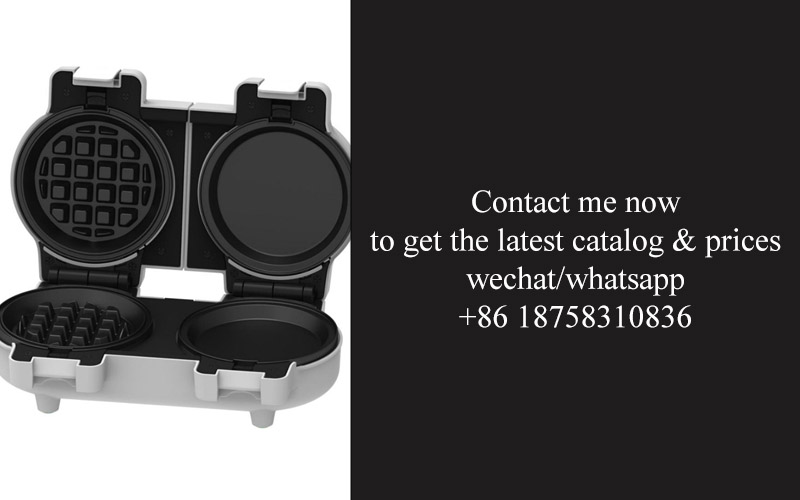
The ODM juice design service has become a cornerstone for brands looking to carve out a niche in the bustling kitchen appliance market. Here’s a closer look at how it can benefit them:
Brands often find themselves at a crossroads when it comes to product development. They have a vision, but translating that vision into a tangible, market-ready product can be a daunting task. This is where ODM juice design service steps in, offering a seamless solution that addresses several critical needs.
Innovation is the lifeblood of any successful brand, and the ODM juice design service thrives on fostering creativity. By collaborating with a team of experienced designers, brands can push the boundaries of what’s possible, creating juicers that not only stand out but also set new standards in the industry.
Customization is key in today’s highly competitive market. The ODM service allows brands to tailor their products to specific market segments or even individual customers. This level of personalization can be the difference between a product that is simply on the shelves and one that becomes a staple in homes around the world.
The design process with an ODM partner is not just about creating a visually appealing product; it’s about ensuring that every aspect of the juicer, from the materials used to the user interface, is designed to deliver a superior experience. This attention to detail can elevate a brand’s reputation and build trust with consumers.
Market trends are in a constant state of flux, and keeping up with them is essential for staying relevant. ODM juice design services are adept at staying on top of these trends, providing brands with insights that can inform their product development strategy. This foresight can be the difference between a product that meets current demands and one that is obsolete before it reaches the shelves.
Cost-effectiveness is often a concern for brands, especially smaller ones. The ODM model can offer significant savings compared to developing a product in-house. By leveraging the expertise and economies of scale of an ODM partner, brands can get high-quality designs without the high price tag.
Quality control is non-negotiable in the appliance industry. An ODM juice design service typically includes rigorous testing to ensure that the final product meets safety and performance standards. This not only protects the brand’s reputation but also provides peace of mind to the end consumer.
In the realm of marketing, having a unique selling proposition (USP) is crucial. The ODM design service can help brands define and highlight their USP, whether it’s a specific feature, a distinctive design, or an innovative approach to juicing. This can be a powerful tool in attracting customers and differentiating the brand from competitors.
The lifecycle of a product is becoming increasingly shorter, with consumers expecting constant updates and improvements. The ODM juice design service can support brands in quickly adapting to these changes, allowing them to refresh their product lines regularly and maintain a competitive edge.
Collaboration is the heartbeat of the ODM juice design service. By working closely with a design team, brands can foster a culture of innovation and continuous improvement. This collaborative environment can lead to breakthrough ideas and a more agile product development process.
Lastly, the ODM service often includes after-sales support, which is crucial for maintaining customer satisfaction. From providing technical assistance to handling product updates, this ongoing support can reinforce the brand’s commitment to quality and customer care.
In summary, the ODM juice design service offers a comprehensive suite of benefits that can significantly enhance a brand’s capabilities in the appliance market. From driving innovation to ensuring quality and fostering customer loyalty, it’s a strategic choice for any brand aiming to thrive in a dynamic and demanding industry.
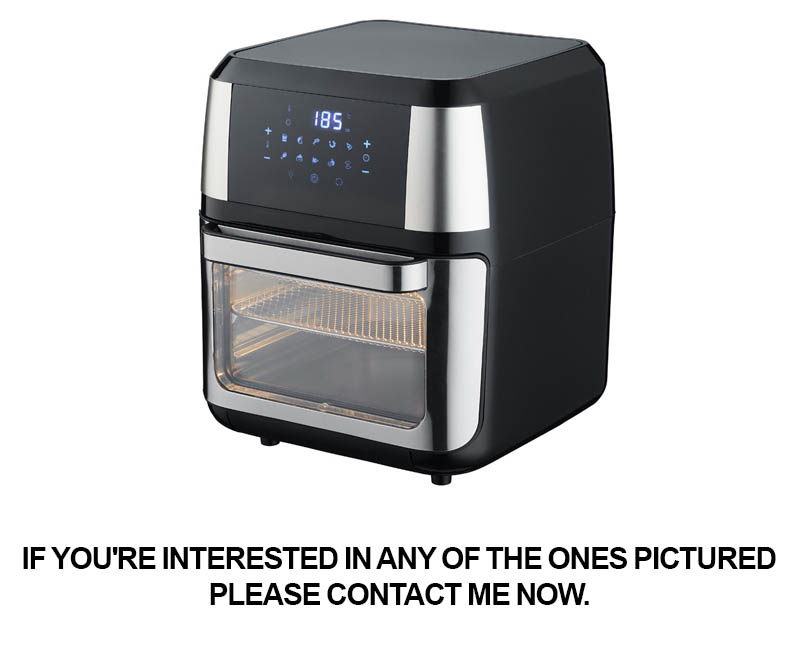
In the realm of kitchen appliances, juicers have seen a remarkable transformation, evolving from mere citrus squeezers to sophisticated gadgets that are not just functional but also a statement of style and innovation. Here’s a closer look at some of the groundbreaking designs that are shaping the future of juicing:
Modern juicers are no longer just about extracting juice; they’re now equipped with smart features that enhance the user experience. From digital displays that provide real-time feedback on juice yield and nutritional content to smart connectivity that allows you to monitor and control your juicer remotely via an app, these innovations make juicing a more interactive and informed process.
The design of juicers has shifted from utilitarian to beautifully crafted pieces that complement kitchen decor. Ergonomic handles and non-slip bases ensure a comfortable grip and stable operation. Materials like brushed stainless steel, glass, and bamboo have become popular, offering a blend of durability and visual appeal.
Juicers are now designed to do more than just juice fruits and vegetables. Many models come with additional attachments for making smoothies, nut butters, and even baby food. This versatility means that consumers can rely on a single appliance for a variety of kitchen tasks, reducing clutter and saving space.
The debate between high-speed and slow-juice technology continues to be a hot topic. High-speed juicers, with their powerful motors, can process a large amount of produce quickly, but they can also generate more heat, potentially affecting the nutritional value of the juice. On the other hand, slow-juice machines, often called cold-press juicers, operate at a slower speed to extract more juice and retain more nutrients. The choice between the two often comes down to personal preference and the type of produce being juiced.
Noise has traditionally been an issue with juicers, but advancements in technology have led to quieter models. Acoustic design and sound-dampening materials are being used to create juicers that operate at a lower decibel level, making them more suitable for use in residential settings without disturbing family members or neighbors.
One of the biggest complaints about juicers has been the cleanup process. However, new designs include self-cleaning functions that use high-pressure water jets to rinse the juicer components, making the post-juicing routine much quicker and easier.
As people’s lifestyles become more mobile, there’s a growing demand for portable and compact juicers. These appliances are designed to be lightweight and easy to store, allowing users to enjoy fresh juice on the go or in smaller kitchen spaces.
Sustainability is a key concern for many consumers, and juicers are no exception. Brands are now offering models made from recycled materials, and some are even designed to be fully recyclable at the end of their life cycle. These eco-friendly choices resonate with environmentally conscious consumers.
Customization has become a trend in the juicing world, with some brands offering juicers that can be personalized with different colors or even with custom engravings. This level of personalization allows consumers to express their individuality through their kitchen appliances.
Lastly, juicers are being designed with health and safety in mind. Features like automatic shut-off when the appliance is not in use, child safety locks, and BPA-free materials are becoming standard, ensuring that users can enjoy their juice without worrying about potential risks.
These innovations in juice design reflect the industry’s commitment to meeting the diverse needs and desires of consumers. Whether it’s about efficiency, convenience, or sustainability, the juicer market is continuously evolving to offer products that not only make juicing easier but also enhance the overall kitchen experience.
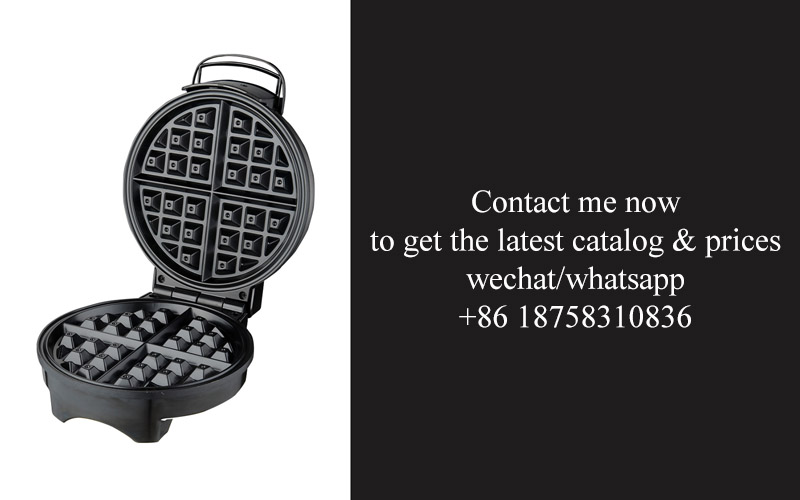
In the world of kitchen appliances, the ODM (Original Design Manufacturer) process is a pivotal journey from concept to reality that shapes the future of juice design. It’s a meticulous process that involves collaboration, creativity, and a deep understanding of market needs. Let’s delve into the stages that turn a mere idea into a product ready to captivate consumers.
Understanding the ODM Process
The ODM process begins with a spark of creativity, often an observation of a gap in the market or a desire to improve upon existing products. This is where the collaboration between the brand and the ODM partner truly begins. The brand brings its vision and market insights, while the ODM team brings expertise in design, engineering, and manufacturing.
Conceptualization and Brainstorming
The first step is conceptualization. Designers and engineers gather to brainstorm ideas, often starting with sketches and prototypes. This stage is all about exploring possibilities and turning abstract concepts into tangible forms. The goal is to create a design that not only stands out visually but also addresses specific customer needs and preferences.
Prototyping and Iteration
Once a concept is solidified, the team moves on to creating prototypes. These early versions are crucial as they allow the team to test the design’s functionality and aesthetics. Prototypes are often made using 3D printing or other rapid prototyping techniques, which enable quick and cost-effective adjustments. Iteration is key; each prototype is refined based on feedback, ensuring that the final product is as polished as possible.
Material Selection and Sustainability
Choosing the right materials is a critical part of the ODM process. Brands that prioritize sustainability may opt for eco-friendly materials that are recyclable or biodegradable. The ODM team works closely with suppliers to source high-quality materials that not only meet the product’s requirements but also align with the brand’s values and environmental responsibility.
Functionality Testing
A well-designed juice extractor must not only look good but also perform optimally. The ODM process includes rigorous functionality testing to ensure that the product operates smoothly and efficiently. This involves testing for durability, ease of use, and performance under various conditions. The goal is to create a product that not only delivers results but also provides a seamless user experience.
User Interface and Experience
The interface and user experience are integral to the success of a juice extractor. The ODM process involves designing an intuitive interface that makes the appliance easy to operate. This can include features like digital displays, touchscreens, or simple mechanical switches. The design must also consider safety, ensuring that the product is user-friendly without compromising on security.
Pilot Production and Quality Control
Before moving to full-scale production, the ODM team typically conducts a pilot run. This small batch of products is produced to test the manufacturing process and to ensure that quality standards are met. Quality control checks are performed at every stage, from raw materials to the final product, to guarantee consistency and reliability.
Feedback and Final Adjustments
The feedback from the pilot production is invaluable. The ODM team collects data on performance, customer satisfaction, and any issues that arise. This information is used to make final adjustments to the design and production process. The goal is to refine the product until it meets all expectations and is ready for mass production.
Conclusion
The ODM process from concept to reality is a complex yet rewarding journey. It requires a blend of creativity, technical expertise, and a commitment to quality. By working closely with an ODM partner, brands can bring innovative juice designs to market that not only meet consumer demands but also set new standards in the industry.
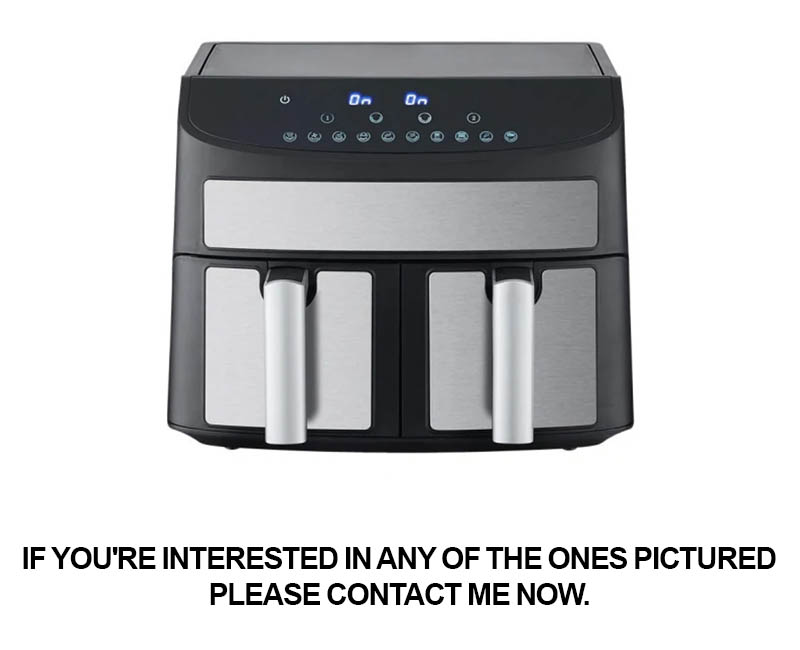
In the realm of ODM juice design, there are several compelling success stories that showcase the transformative power of innovative design and strategic partnerships. Let’s delve into a few of these case studies to see how ODM services have propelled brands to new heights.
The story of EcoJuice began with a vision for sustainability. The brand sought to create a juicer that not only performed exceptionally but also aligned with eco-friendly values. Through an ODM partnership, they developed a juicer made from recycled materials with a sleek, modern design. The result was a product that resonated with environmentally conscious consumers, leading to a significant increase in sales and brand recognition.
Another standout case is that of Vitality Blends, a company known for its health-focused approach to juicing. Their ODM collaboration focused on creating a juicer that was not only easy to clean but also offered a range of health benefits. The ODM team integrated a built-in nutrient extractor that preserved the maximum amount of vitamins and minerals. This unique feature became the cornerstone of Vitality Blends’ marketing strategy, attracting a loyal customer base and industry acclaim.
One of the most notable success stories in the ODM juice design sector is that of FreshStart Juicers. The brand was struggling to differentiate itself in a crowded market. Their ODM partner introduced a revolutionary vertical juicer design that was not only visually striking but also more efficient than traditional models. The vertical design allowed for a larger feeding chute, reducing preparation time and waste. FreshStart’s innovative juicer quickly became a top seller, propelling the brand to the forefront of the juicing industry.
In the case of PureStream Juicers, the challenge was to create a juicer that appealed to both the health-conscious and the aesthetically inclined. The ODM design service crafted a juicer with a minimalist, Scandinavian-inspired look that was both stylish and functional. The sleek design was complemented by a user-friendly interface and a range of smart features, making it a favorite among tech-savvy consumers. PureStream’s sales soared as a result, and the brand became synonymous with high-end juicing technology.
The journey of ZenJuice is another testament to the effectiveness of ODM juice design. The company wanted to create a juicer that would cater to the needs of busy professionals who valued convenience without compromising on quality. The ODM team developed a compact, portable juicer that could be easily taken on the go. This innovative design was a hit with consumers who appreciated the ability to enjoy fresh, healthy juice at any time. ZenJuice’s portable juicer became a must-have accessory for health enthusiasts on the move.
For PowerPulse Juicers, the key to success was in creating a juicer that was as powerful as it was efficient. Their ODM partner focused on engineering a high-performance juicer that could handle even the toughest fruits and vegetables. The result was a juicer that delivered smooth, consistent juice extraction while being energy-efficient. PowerPulse’s commitment to sustainability and performance won over eco-conscious consumers, leading to a strong market presence and a reputation for quality.
Each of these case studies highlights the unique benefits that ODM juice design services can bring to a brand. From sustainability and health benefits to sleek aesthetics and smart technology, the right design can make all the difference in a competitive market. These success stories serve as inspiration for brands looking to innovate and stand out in the world of juicers and kitchen appliances.

In the ever-evolving landscape of kitchen appliances, juicers have been not just a tool but a symbol of health and innovation. The future of juicers is poised to blend cutting-edge technology with sustainability, creating a new era of convenience and wellness. Here’s what we can expect:
The integration of smart technology will become more seamless. Imagine a juicer that not only extracts the perfect juice but also syncs with your smartphone to track your dietary intake and suggest recipes. These smart juicers will be equipped with touchscreens, voice commands, and even AI capabilities to provide personalized health insights.
Sustainability will be at the forefront of design. With the growing awareness of environmental issues, manufacturers are increasingly focusing on creating juicers that are not only efficient but also eco-friendly. This could mean using recycled materials, energy-efficient motors, and design elements that minimize waste throughout the product’s lifecycle.
The rise of vertical juicers will transform kitchen spaces. As counter space becomes a premium, vertical juicers will offer a sleek, space-saving alternative to traditional models. These compact appliances will be designed to fit into tight corners and could even come with foldable components to maximize storage efficiency.
Personalization will become a key feature. Consumers today are looking for products that cater to their unique needs and preferences. Juicers of the future might come with interchangeable parts to accommodate different types of fruits, vegetables, and herbs, allowing users to customize their juice blends.
Health and wellness trends will drive innovation. As the focus on nutrition and fitness continues to grow, juicers will likely incorporate features that make it easier for users to consume a wide variety of nutrients. This could include attachments for making smoothies, soups, or even baby food.
The market will see a surge in health-focused features. Juicers may soon come with built-in vitamin C boosters, probiotics, or even systems that purify the juice for better digestion. These features will cater to the demand for clean eating and will set new standards in the industry.
Hydration and detoxification will be central themes. With the popularity of cleanse diets and the need for constant hydration, juicers might be designed to offer more than just fresh juice. They could include functions to infuse water with various essences or even have filters that remove impurities, providing a complete hydration solution.
The use of augmented reality (AR) and virtual reality (VR) will enhance the user experience. Imagine using AR to visualize the nutritional content of your juice or VR to guide you through the juicing process step by step. These technologies could revolutionize how consumers interact with their appliances.
The rise of subscription-based models will change the way we buy juicers. Instead of purchasing a juicer outright, customers might opt for a subscription that includes regular maintenance, updates, and even a new juicer every few years. This model would align with the disposable income and the fast-paced lifestyle of modern consumers.
In conclusion, the future of juicers is bright with possibilities. From smart technology to sustainable design, the industry is on the brink of a transformation that will not only enhance our health but also our daily lives. As we move forward, the juicer is set to become more than a kitchen gadget; it’s poised to become a cornerstone of modern wellness.
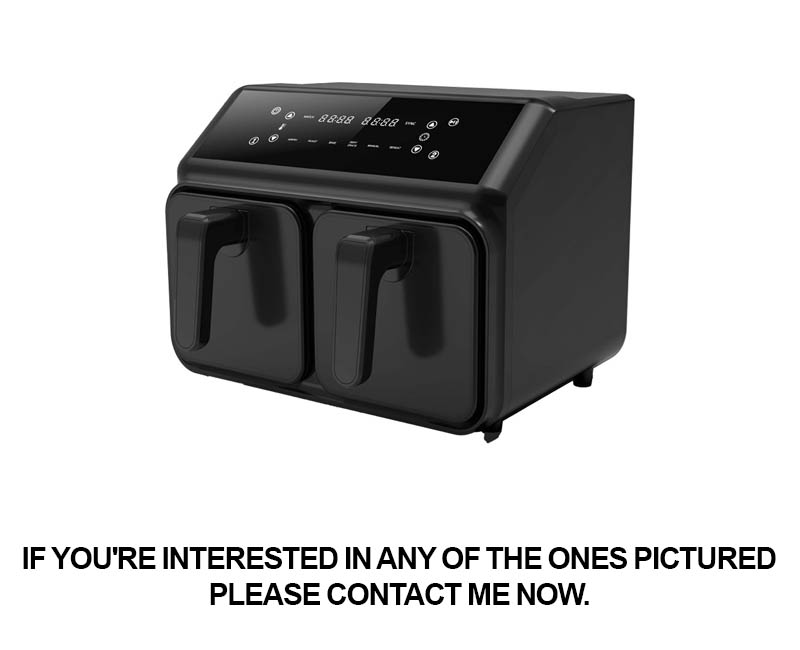
In reflecting on the journey we’ve taken through the world of juicers and the role of ODM design services, it’s clear that the industry is on the brink of remarkable transformations. The evolution of juicers has been marked by a relentless pursuit of innovation, functionality, and aesthetic appeal. As we stand at this crossroads, several key themes emerge, shaping the future landscape of juicers.
The integration of smart technology has not only made juicers more efficient but has also opened up new possibilities for connectivity and user experience. Imagine a juicer that not only extracts the perfect amount of juice but also syncs with your fitness app to track your nutrient intake. Such advancements are not just about convenience; they’re about creating a seamless, integrated experience that enhances the overall quality of life.
Design has also become a pivotal factor in the juicer market. Brands are realizing that a product’s appearance can be as influential as its performance. Sleek, modern designs are not just eye-catching; they resonate with consumers who seek not just health benefits but also a stylish addition to their kitchen. The days of bulky, utilitarian juicers are fading, replaced by sleek, minimalist designs that blend seamlessly into any kitchen decor.
The ODM process has been instrumental in this transformation. By working closely with manufacturers, brands can bring their vision to life, ensuring that every detail is meticulously crafted to meet the highest standards. This collaboration has led to a proliferation of unique and innovative designs, each with its own story and purpose.
Case studies, such as the success of the eco-friendly juicer that became a hit with environmentally conscious consumers, or the high-tech model that won over tech-savvy users, illustrate the power of ODM in creating products that resonate with specific market segments. These stories are not just about product launches; they are about understanding consumer needs and delivering solutions that exceed expectations.
Looking ahead, the future of juicers is bright with potential. We can expect to see a continued emphasis on sustainability, with materials and production methods that are more environmentally friendly. The rise of personalized health solutions will likely lead to juicers that are tailored to individual dietary needs and preferences, offering a more customized drinking experience.
Moreover, as the world becomes more connected, juicers may start to incorporate features that not only enhance their functionality but also foster community. Imagine a juicer that connects users to share recipes, tips, and even their own juice creations, fostering a sense of community and shared health goals.
In conclusion, the journey of the juicer from a simple kitchen appliance to a symbol of health and innovation is a testament to human ingenuity and the power of collaboration. The ODM juice design service has been a key player in this evolution, enabling brands to push the boundaries of what a juicer can be. As we move forward, the future holds exciting possibilities, where the juicer will not only be a tool for health but also a beacon of technological and design excellence.